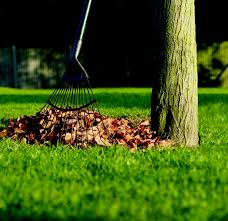Fall leaves are a natural phenomenon, gracefully descending during this time of year. But what do you usually do with them? Most people bag them up, drag the bags to the curb, and let the city whisk them away to destinations unknown. Little do they know, instead of contributing to landfill overflow, they could utilize Mother Nature’s gift and save themselves the hassle.
I’m not trying to dissuade you from participating in your city’s recycling programs. Rather, I’m encouraging you to be resourceful. All it takes is a touch of energy and a mulching mower to transform these leaves into a valuable soil amendment. No need to start a compost pile unless you’re intrigued by the idea. I’m suggesting a more practical approach.
For those barren patches in your lawn, mix 4 or 5 inches of mulched leaves into the soil along with a small amount of molasses or high nitrogen fertilizer. Then, add another 4 to 5 inches of mulched leaves on top. By spring, you’ll have a perfect spot for seeding or laying sod. Mulched leaves, piled 4 to 6 inches high, also serve as excellent pathways and frost protection in your garden. When preparing the soil for the next crop, simply integrate these pathways into the earth.
Looking to enhance your annual color bed or need extra mulch for a flower bed? You guessed it – mulched leaves come to the rescue.
If you’re fortunate enough to have two majestic red oaks in your front yard and two Chinese Pistache trees in your backyard, you’ll have an abundance of leaves. However, if you opt for reusing these golden gifts, you may find yourself with only six bags instead of ten, while providing the Earth with some tender care.






